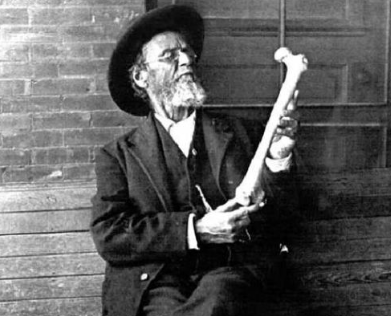
Osteopathy: origins, principles, and benefits for your health
Osteopathy, an increasingly recognized practice in Quebec and around the world, is based on scientific and philosophical foundations developed in the 19th century. Let's dive into its history and discover the 4 pillars that still guide the practice of modern osteopaths.
A Historical Perspective: The Birth of Osteopathy
Osteopathy was born in 1874 in Kirksville, Missouri (United States), thanks to the physician and surgeon Andrew Taylor Still. Faced with the inefficacy of the medicine of his time, he turned towards a more natural approach, based on a meticulous observation of the human body and its self-regulation capabilities.
From this research emerged the four fundamental principles of osteopathy, which still structure clinical practice today.
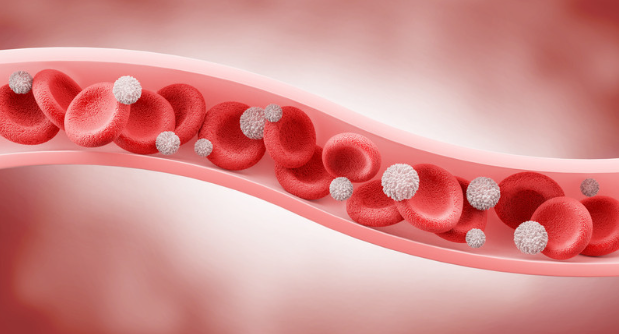
1. The role of circulation is absolute
Originally formulated as "the role of the artery is absolute", this principle now includes all body fluids (blood, lymph, cerebrospinal fluid, etc.). Their proper circulation is essential for nourishing tissues and eliminating waste.
👉 The role of the osteopath is to release blockages that hinder this circulation, in order to promote better tissue health.
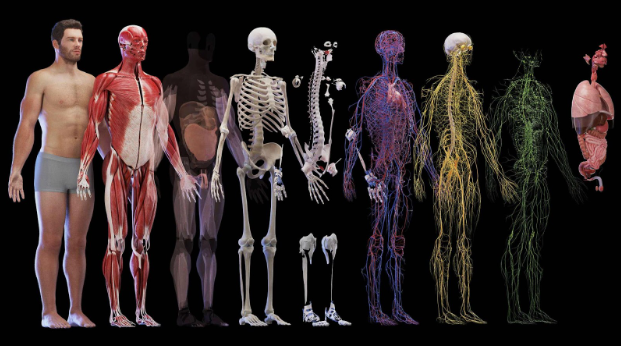
2. Structure governs function
Every anatomical structure influences its physiological function.
- A locked joint reduces its mobility.
- An organ compressed by surrounding tensions may not perform its task as well.
By restoring the balance of structures, osteopathy improves overall function and reduces symptoms.

3. The body is a functional unit
The human body is not a sum of isolated parts: bones, muscles, viscera, and tissues are interconnected. Any local disturbance has a global impact.
👉 That's why the osteopath always assesses the body as a whole, regardless of the reason for consultation.
4. The body's ability to self-regulate
The body has an innate healing intelligence. Temperature, chemical balance, tissue repair… everything naturally tends towards health, provided obstacles (blockages, tensions, dysfunctions) are removed.
This is also why the effects of osteopathic treatment can manifest gradually, as the body finds its balance.
Did you know?
The word "osteopathy" comes from Greek:
- Osteon → the living structure
- Pathos → the expression of being
Far from being limited to bones, osteopathy aims to promote the expression of health through all the body's structures.
In summary
Osteopathy is based on universal principles: circulation, structure, wholeness, and self-regulation. Thanks to this integrative approach, your osteopath helps to alleviate your pain, restore your mobility, and enhance your quality of life.
📍 Schedule your appointment today!
Our osteopaths in Charlemagne and LaSalle welcome you in a professional, warm, and accommodating environment suited to your needs.
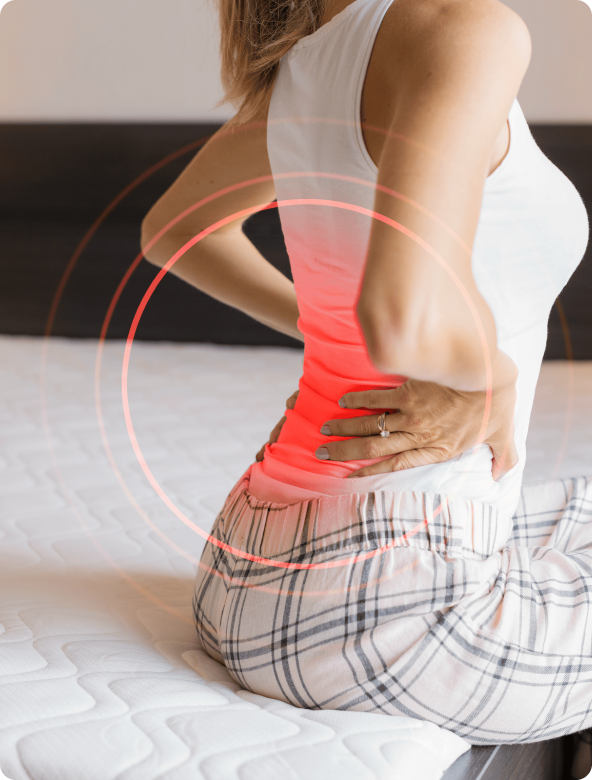
Back pain: how physiotherapy relieves lo...
Persistent lower back pain? Discover how physiotherapy can effectively relieve your backache with a ...
Lire plus...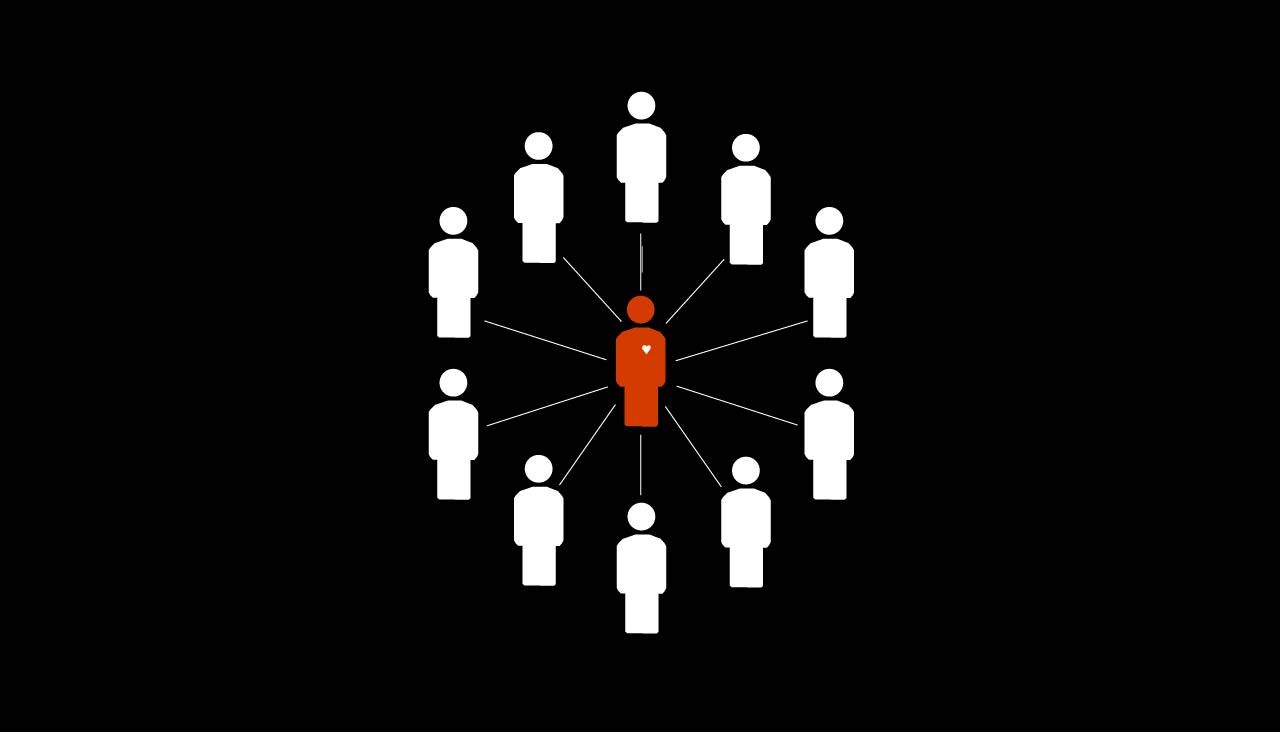
Mental health and rehabilitation: an und...
Mental health, often overlooked, plays a crucial role in the success of a rehabilitation process. Di...
Lire plus...
Osteopathy and cranial deformities: a ge...
Does your baby have a cranial deformity? Pediatric osteopathy, complementary to physiotherapy, can p...
Lire plus...